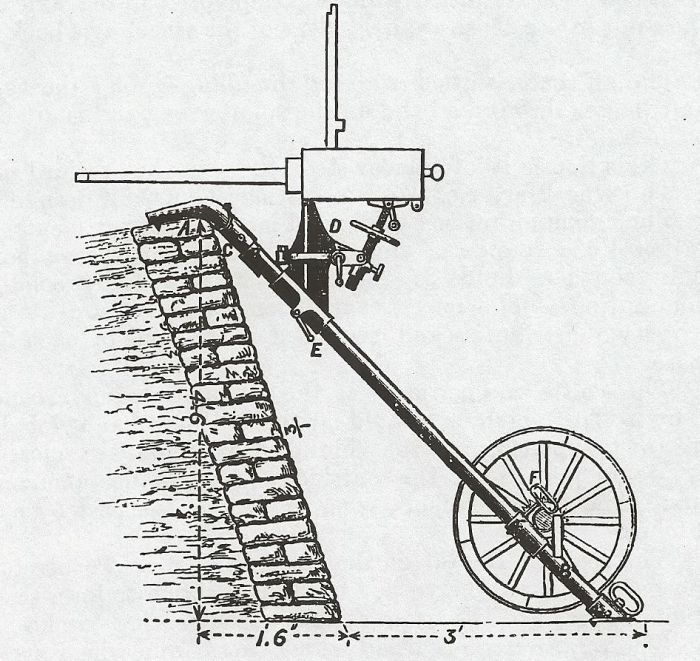SA 27/013 - The Gardner Machine Gun
This rare 0.45 inch (11.4 mm) bore machine gun was kindly gifted to the collection. Its size certainly belies its power and performance - in trials it fired 10,000 rounds in 27 minutes! Somewhat surprisingly it was not adopted in America where it was invented due to the established and successful Gatling Gun.
Created by William Gardner of Toledo, Ohio, a captain in the Union Army during the Civil War (1861-1865), who was no doubt impressed by the Gatling Gun’s performance during conflict and inspired to invent a similarly performing gun but of less weight. As a trained architect and inventor, he produced a wooden model in 1874 and a working prototype shortly after.
In 1875, the Pratt & Whitney Company were persuaded to develop and manufacture the gun for military use. Three versions, a 1-, 2- and 5-barrel system were fed from a vertical magazine or hopper and operated by a crank. The first trial of a single barrel was evaluated by the Navy Ordnance Board in 1875. Various improvements thereafter impressed Pratt & Whitney enough to gain the manufacturing rights by paying the inventor a royalty for each gun delivered. However, in the absence of orders from the US Government, Gardner formed the Gardner Gun Company in 1878 in Cleveland, Ohio. Seeing Europe as a potential marketplace, Gardner travelled there to sell the concept to different governments including the British War Office who were encouraged by the prospect of production in England.
Several guns were made in Leeds under Gardner’s supervision and tested by the War Office in 1878. Despite difficulties in turning the crank, parts wearing out and its weight, the Admiralty were more impressed than the Army adopting the single barrel version in 1880 even though the Gatling gun was already in service. Further comparative trials followed in 1881 against other machine guns including the Gatling, the Nordenfelt and Pratt & Whitney’s own version of the Gardner at Shoeburyness. With Gardner’s model prevailing the Trials Committee recommended adoption of the 2-barrel gun for the Army and the 5-barrel as an anti-torpedo boat gun and for special shore duties by the Naval Brigade. This did not happen until 1887 for the former and 1882 for the latter due to objections - which are not known - by the Royal Artillery.
Gardner Guns were bought by Turkey, Denmark and the Netherlands and used by the British Army in the Mahdist War (1881-1899), the First Matabele War (1893-1894) and the First World War (1914-1918).
Either the 1- or 2-barrel gun was also employed as part of the garrison flank defences in the later Victorian period replacing the big, old smooth bores. In the 1890s a 2-barrel gun was positioned on a parapet carriage at Fort Nelson, one of the Portsdown Forts protecting Portsmouth, and manned by the Hampshire Artillery Volunteers.

